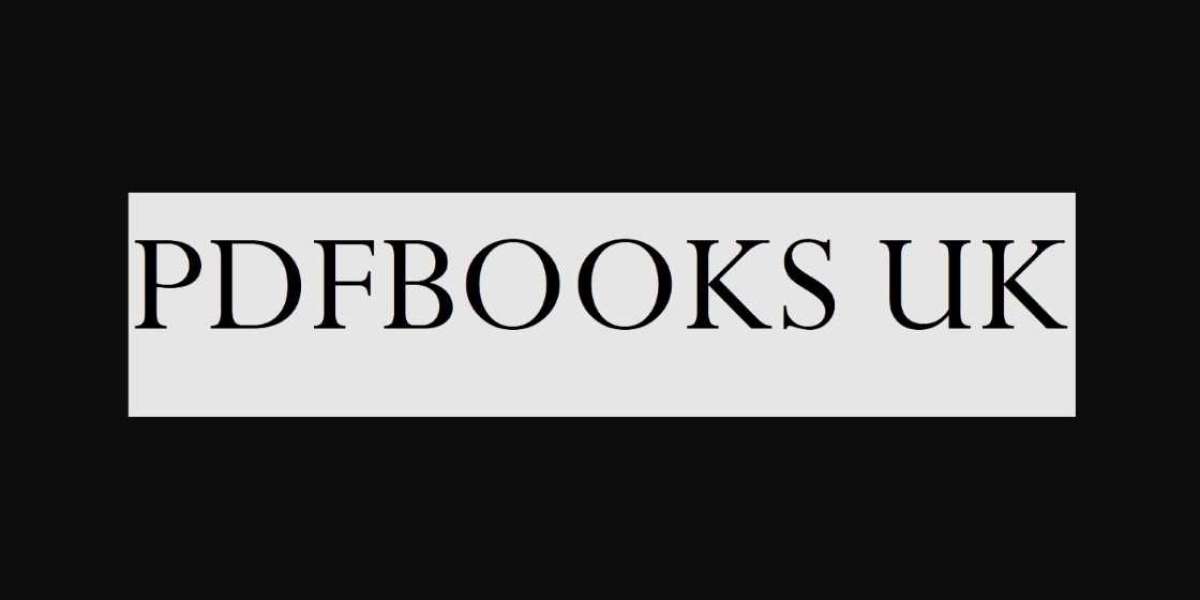The New Work Declaration: The EIC (Protecting the Installer)
The Electrical Installation Certificate (EIC) is the installer's guarantee that the work complies with BS 7671 at the time of handover. The procedures performed are designed to prove that the installed components can withstand faults and prevent shock.
Mandatory Procedures to Issue the EIC:
Prove Physical Integrity: The first step is the Dead Tests—performed before power is connected. These procedures confirm that the physical components are installed correctly:
Continuity of Protective Conductors: Measures the resistance of all earth and bonding wires. Recording a low value proves that the safety path exists and is robust enough to carry fault current.
Insulation Resistance: Applying a high DC voltage verifies that the cable insulation is undamaged. Recording a high resistance ($\ge 1\text{ M}\Omega$) confirms the installation will not short-circuit or cause an earth fault.
Prove System Performance: The second step is the Live Tests, which confirm the safety mechanisms will operate instantly.
Earth Fault Loop Impedance ($Z_s$): This measurement is crucial. Recording a $Z_s$ value that is lower than the maximum permitted by BS 7671 Chapter 41 legally proves the system will achieve Automatic Disconnection of Supply (ADS)—the primary shock defence.
RCD Operation Time: Testing all Residual Current Devices confirms they will trip fast enough (e.g., $30\text{ms}$) to prevent fatal shock, providing a second layer of shock protection that must be legally verified.
The Bottom Line: The recorded values on the EIC (e.g., $Z_s$ readings, RCD trip times) are the legal evidence that the installer fulfilled their duty of care.
The Existing Work Assessment: The EICR (Protecting the Inspector)
The Electrical Installation Condition Report (EICR) is a forensic assessment of an existing system. The procedures here are designed to systematically identify and categorize risk, transferring the liability for remedial action to the building owner.
Mandatory Procedures for the EICR:
Visual Scrutiny: The process starts with a meticulous visual inspection of a representative sample size. This is often the most revealing step, identifying mechanical damage, signs of overheating, or poor workmanship that cannot be detected by a meter.
Comparative Testing: The inspector performs the same core Dead and Live Tests as an EIC, but with a different goal: comparing the measured values against the current safety limits.
If the measured $Z_s$ is higher than the currently allowed limit, it's a potential failure.
If the measured Insulation Resistance is low, it indicates a deterioration or fault in the old cable, requiring remediation.
The Coding Decision (Categorizing Risk): The final and most legally sensitive procedure is assigning a Code to every observation, which determines the urgency of the danger:
C1 (Danger Present): Declares immediate danger and requires immediate action.
C2 (Potentially Dangerous): Declares a fault that poses a serious risk if conditions change.
FI (Further Investigation): Used when the inspector cannot be certain of safety without intrusive work.
The Bottom Line: By assigning a C1 or C2 code, the inspector legally notifies the client of the specific, documented danger, effectively shifting the responsibility for the hazard from the inspector back to the person responsible for the installation's upkeep. A final declaration of Unsatisfactory protects the inspector from future claims related to the identified faults.








